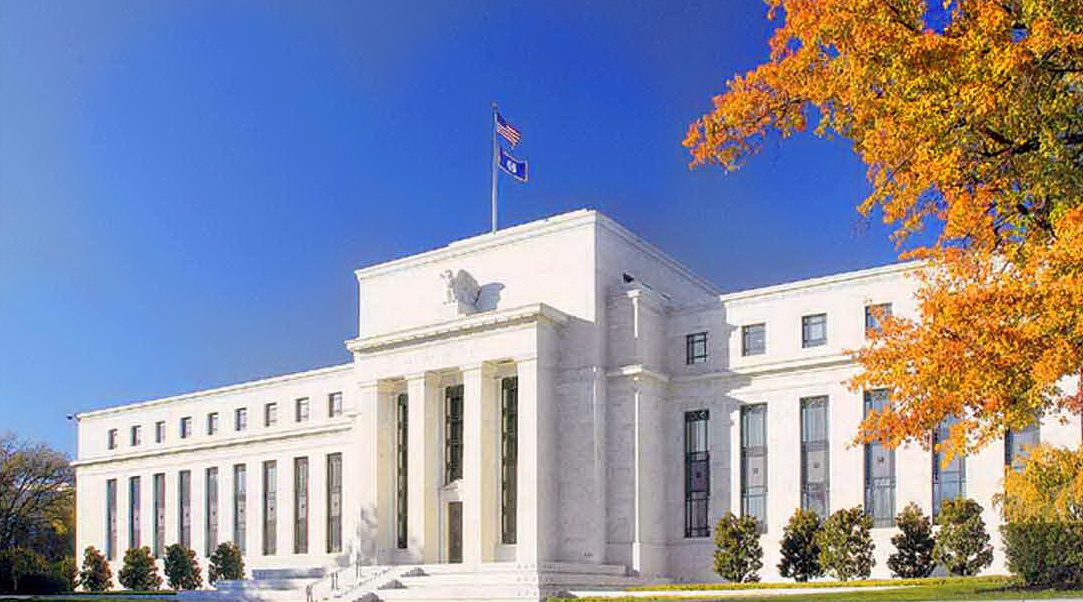Chưa phân loại
What is FED? How does the FED affect the world economy?
The Fed is probably the most powerful financial institution in the world, the only place that prints money (US dollars), setting monetary policies that affect not only the United States but also many other countries.
As a trader, you must always remind yourself to be careful when listening to interest rate announcements, or upcoming Fed meetings to avoid losing your account right? So with the role of the Fed as monitoring the US economy, how do the policies that the Fed offers affect the US economic situation in general and the world economy in particular?
What is the Fed?
The Fed or Federal Reserve System (Fed) is the central bank of the United States, established on December 23, 1913, under the “Federal Reserve Act” signed by President Woodrow Wilson for the sole purpose of maintaining above all to maintain a flexibility, safety and stability. currency. policy towards the United States.
How did the Fed come into being?
In 1910, fear of an economic and financial crisis led American elites to believe that the national banking system needed to be changed. While Republicans and Democrats have always had disagreements on many fronts, on this particular issue. Both sides agree that the current monetary system is inflexible and incapable of meeting the needs of developing the national economy.
The Republican Party, led by Senator Nelson Aldrich, has announced support for the creation of a central bank under the auspices of a private bank, based in Washington, D.C. to easily expand or contract the currency as needed. In contrast, Democrats, who distrust the bosses of Wall Street, favor the creation of a government-controlled banking system. Of course, this system will be coordinated by all parties including private bankers with extensive monetary policy experience; authorized individuals who will protect citizens from the indifference of bankers.
After much heated partisan debate, in November 1913 Congress finally passed the “Federal Reserve Act” based on the ideas of the Aldrich Plan. Paul Warburg and many experts were assigned to run this fledgling system. In 1915, the Fed officially went into operation, playing a key role in financing the war effort of the United States and allied forces during World War I.
The Federal Reserve is virtually one of the few central banks in the world not subject to government control or discretion, playing an independent role, although it remains accountable, implementation, management.
As a result, the decisions taken will not serve the interests of any one faction, but only the people and the public interest. In addition, to avoid concentrating too much power in New York banks, as well as increasing power in the interior regions, a new banking system will be created in 12 regions across the United States.

The organizational structure of the Federal Reserve Bank
The structure of the Fed includes:
The Board of Governors consists of 7 members, with a 14-year mandate, appointed by the President of the United States.
Open Market (FOMC).
Fed banks (12 banks) located in major cities
Member Bank
Inside:
The Board of Governors consists of seven members, nominated by the President and approved by the Senate, who make key monetary policy decisions.
Open Market The FOMC Board consists of 7 members of the Board of Governors and 5 presidents of branch banks, with the task of performing operations on the open market.
12 regional Federal Reserve banks (12 branches) located in Boston, New York, Philadelphia, Cleveland, Richmond, Atlanta, Chicago, St. Louis, Minneapolis, Kansas City, Dallas and San Francisco will perform the remaining missions.
Role of the Federal Reserve
The Fed’s monetary policy role is specifically outlined in the Federal Reserve Act of 1977 with the following primary duties:
Enforce national monetary policy by creating jobs for US citizens, stabilizing prices, and regulating long-term interest rates.
Maintain the stability of the economy and limit systemic risks that may arise in financial markets. Stabilize prices of products and services to encourage economic growth.
Monitor banking institutions to ensure a safe and sound financial system and protect consumers’ credit rights.
Provides financial services to managers of valuable assets, foreign official organizations, and the U.S. government, playing a key role in running the nation’s payments system.
Why can the Fed affect the global economy?
The USD is the main currency, but the Fed is the only place to make decisions about raising and lowering currency interest rates. This has had a direct impact on the strength of the US dollar, affecting US trading partners. If the Fed raises interest rates on the dollar to curb inflation, it will invisibly increase the strength of the dollar in the international currency market, increase imports, reduce exports, and reduce investment in the US.
Moreover, because the USD occupies an important position in the international monetary system, many important commodities such as oil and gold are priced in USD. And the Fed is the only agency that can intervene in determining the value of USD through the buying and selling of USD and other foreign currencies. This means that the Fed’s control of the USD also makes the global market indirectly controlled. Therefore, every decision of the Fed affects the world economy. Of course, traders will never dare to ignore developments related to the Fed’s activities in forex trading if they do not want to burn their accounts.

Fed’s monetary policy tools
Changes in interest rates: also because USD is the world’s key currency, interest rate changes will greatly affect monetary policy, economic activities and businesses.
Buying and selling government bonds: Buying government bonds will increase the amount of money in circulation, leading to lower interest rates as well as stimulating increased spending and bank borrowing. So in the opposite case, when the Fed sells bonds, it will reduce the amount of money in circulation, causing interest rates to rise, causing difficulties for the financial industry.
Regulations on cash reserves: The Fed has many subordinate banks, so when the Fed gives instructions on the amount of cash reserves, these banks will be forced to comply. If reserves are large, lending will decrease, borrowing will be more difficult, and interest rates will increase.


